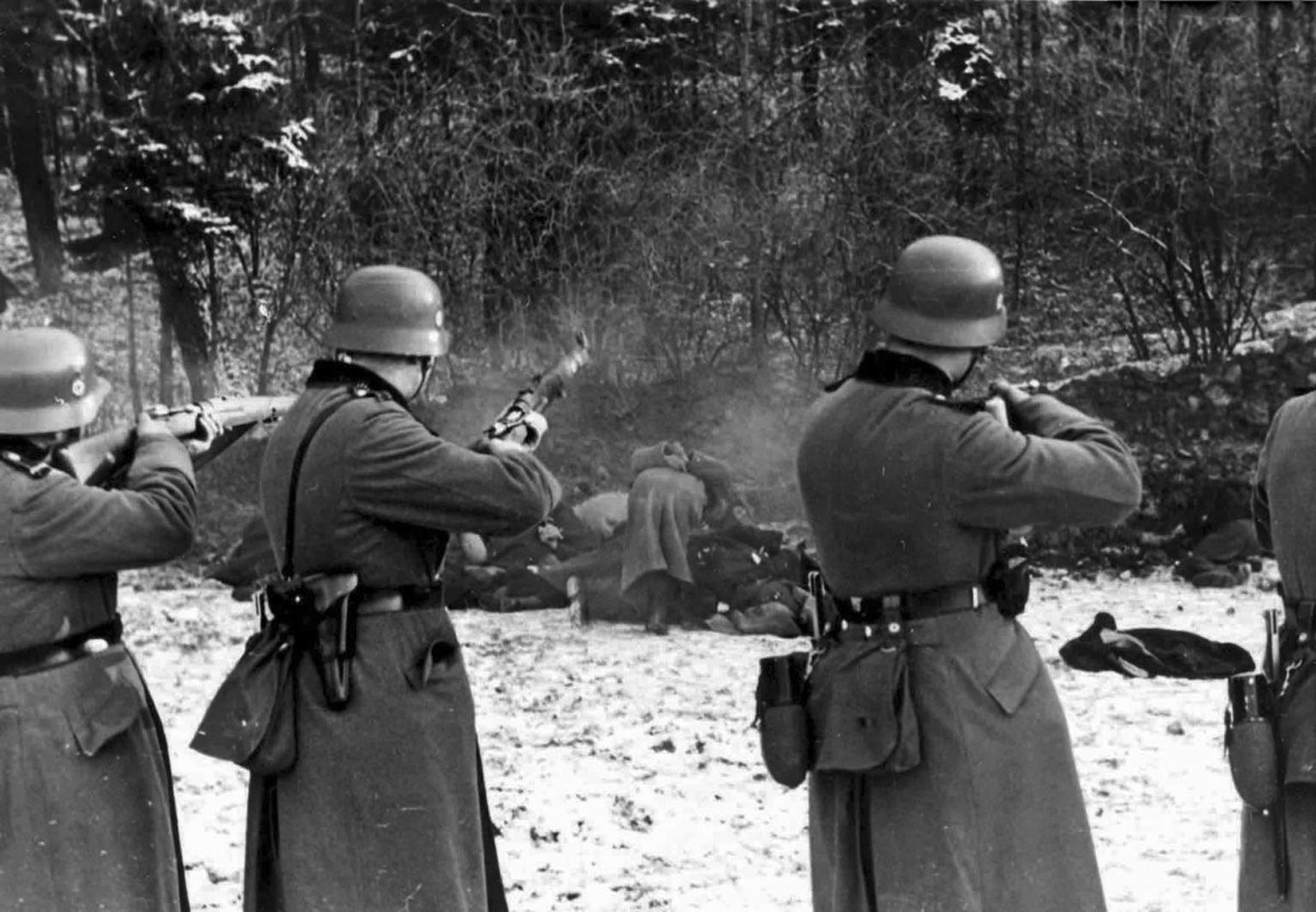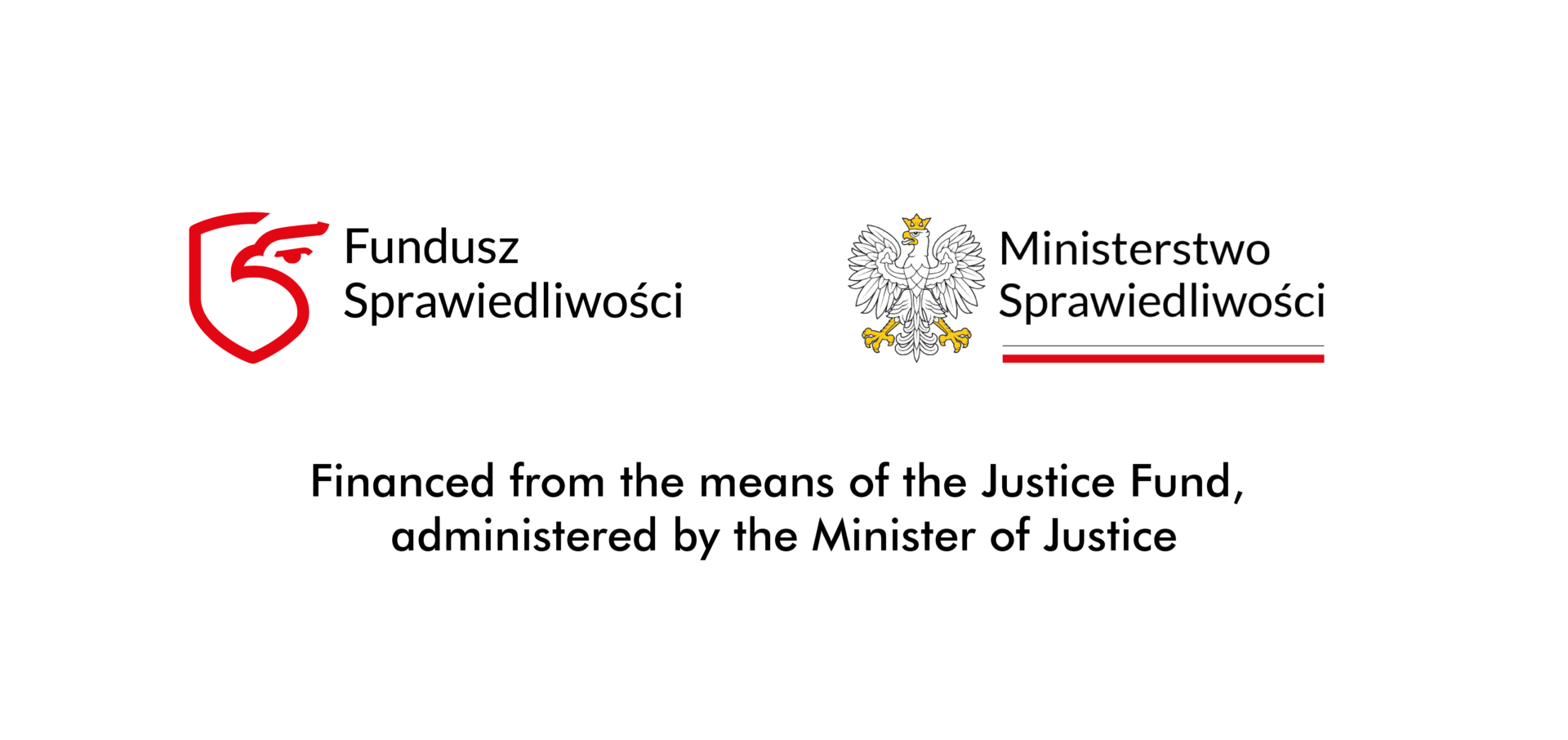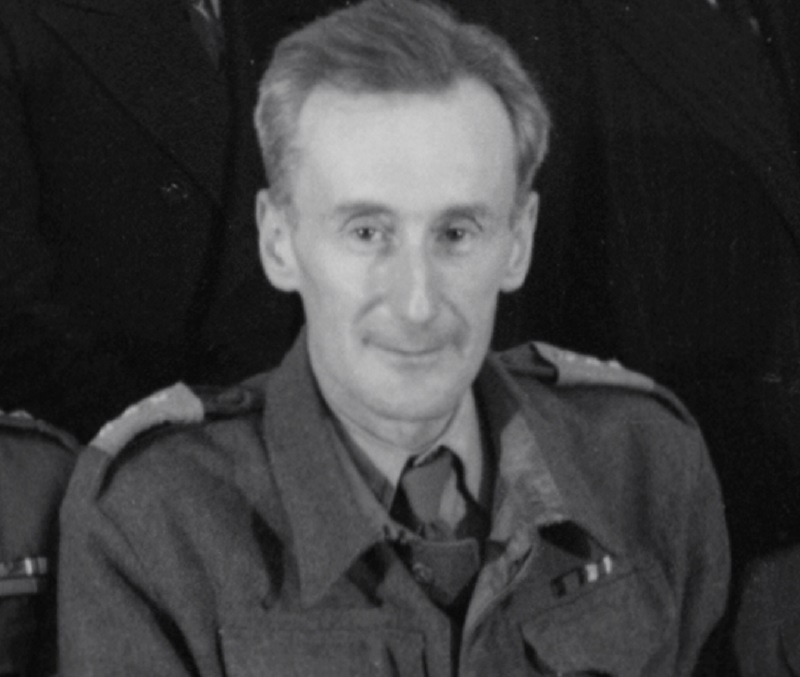Showing the truth

An exhibition featuring German crimes committed in Poland during World War II was displayed at the Palace of Westminster in London in September. The event provided an opportunity to raise the issue of the war reparations owed to Poland, and which have still not been paid by Germany, in the British public debate.
Paweł Pawłowski
Ever since at least the time of Thietmar of Merseburg, the chronicler who described the turn of the 10th and 11th centuries in Europe, there has been among Germans a characteristic dislike of Poles and a tone of superiority toward them. Frederic II Hohenzollern himself called them “the Iroquois of Europe” in need of taming with European civilization. Centuries have passed, and today’s Germans are also telling Poles how to act so that they can finally become enlightened Europeans worthy of being called citizens of the European Union, in their eyes.
What’s more, those co-authors of the project to make our continent dependent on Russian gas have also recently been lecturing Poland about how to properly support Ukraine in the war. Given Germany’s own achievements in this field, such remarks are particularly shameless. In such moments, it is all the more necessary to remind people at home and abroad that this noble nation of Schiller, Goethe, and Beethoven still has unaccounted crimes whose scale and cruelty shocked the world 80 years ago.
Two perspectives
It is particularly important that awareness of the monstrous losses inflicted on Poland by Nazi Germany be built and strengthened among decision-makers in those partner countries who take seriously the threats facing Europe today. For this reason, the Independent Research Group Foundation (Fundacja Niezależny Zespół Badawczy), in cooperation with British Poles, the leading Polish website in the United Kingdom, organized an exhibition entitled “The Price of Freedom: Polish Losses during World War II” at the Palace of Westminster in London, where the British Parliament meets.
It is an exhibition dedicated to the Polish losses suffered during the greatest conflict in history. Thanks to the support of the British All-Party Parliamentary Group on Poland, the exhibition’s opening ceremony was attended not only by leading representatives of the Polish community in Britain, but also by representatives of leading British media, parliamentarians, members of the diplomatic corps, and public figures, such as Lord Mackenzie of Framwellgate. Financed by funds from the Chancellery of the Prime Minister of Poland as part of the Polonia and Poles Abroad 2023 competition, the exhibition also had the honorary patronage of Poland’s prime minister, as well as its minister of foreign affairs and minister of culture and national heritage.
Speaking at the opening of the exhibition in Parliament were both representatives of the Polish state – Piotr Wilczek, Polish ambassador to Great Britain, and Arkadiusz Mularczyk, secretary of state at the ministry of foreign affairs – as well as Britons of Polish origin: Daniel Kawczynski, a member of the House of Commons from the Conservative Party, and Justin Maciejewski, the director of the National Army Museum in London.
An understanding of Polish losses and the claims raised against Germany after years of silence also resounded in the statements of British speakers. Particularly moving was a rather personal story by Daniel Kawczynski, the only British parliamentarian born in Poland, who, his voice breaking, described the fate of the family of his grandfather’s brother, Jan Kawczynski. During the war, Jan Kawczynski hid several Jewish families on his property. When the Germans discovered this, they ordered him to dig a grave, and then forced him to watch them murder his teenage daughter and wife before they shot him as well. The British MP recalled that only in German-occupied Poland was there a death penalty for helping Jews, not only for those caught but their families as well.
In his speech, Minister Mularczyk emphasized the enormity of Poland’s war losses, saying: Poland’s War Report, published in 2022, states that some 5.2 million Poles died at German hands in World War II. We also know that another six million Poles were displaced because of the war. Poland’s total population loss was more than 11.2 million. In other words, Poland lost at least 30 percent of its population.
Two perspectives – a broad one, with the huge numbers showing the victims of German crimes and Poland’s material losses, and a narrower one, underlining individual travails – allowed the attendees to better understand the tragic fate of Poland and its citizens during World War II as well as the current German leaders’ indecent attitude toward the claims now being made by the Polish government for war reparations.
Erasing Poland
The purpose of the event was, on the one hand, to recall German crimes in Poland and, on the other, to emphasize the validity of claims made by the Polish government against the Federal Republic of Germany.
Visitors to the exhibition had the opportunity to learn about particular aspects of Nazi crimes in Poland, which had previously been detailed in the Report on the Losses Sustained by Poland as a Result of German Aggression and Occupation During the Second World War, 1939-1945, as compiled by the Jan Karski Institute of World Losses.
The crimes committed by the Germans on Polish soil are still shocking in their scale and cruelty today. The deaths of 5,219,000 citizens of the Polish Second Republic (1918–39), as many as 21 percent of whom were children, was such a significant loss that it was not until 1978 that Poland’s population reached its pre-war level. Due to the Third Reich’s planned extermination policy, those losses particularly affected the Polish elite. Losses in some professional groups were downright shocking. As many as 70 percent of dentists, 55 percent of lawyers, 40 percent of doctors, and 20 percent of university teachers in pre-war Poland did not live to see the end of the war.
The exhibition at the Palace of Westminster separately showed the cruel fate of Polish citizens of Jewish descent.
Just as Putin’s Russia shocks the world today by kidnapping Ukrainian children to deprive them of their national identity, the Germans also kidnapped as many as 196,000 Polish children who were selected according to “racial criteria.” Unfortunately, only 30,000 of those children eventually returned to their homes. It is important not to forget this crime as well.
Visitors to the exhibition could also learn more about the forced labor in which the Germans compelled as many as 2.1 million Polish citizens to work. Their slave labor benefited not an abstract Third Reich, but as many as 200,000 concrete German enterprises and farms. Companies that are still pillars of the German economy today became richer thanks to the forced labor of Poles. Some of the best-known include BMW, Audi, Opel, Porsche, Volkswagen AG, Mercedes-Benz, Siemens, Bayer, IG Farben, Deutsche Bank, Dresdner Bank, Allianz, and Hugo Boss.
The huge losses that Poland suffered in the field of culture was also recalled within the imposing edifice of the British Parliament. At the same time, visitors to the exhibition had an opportunity to learn that these losses were not only the result of the total warfare carried out on Poland’s territory, but also from systematic and planned actions by the Germans, whose aim was to erase the Polish cultural heritage as part of the extermination policy carried out against Poland.
“Show no mercy! Be brutal! The destruction of Poland is our first task!” – These were the directives given by Adolf Hitler to Wehrmacht officers gathered at the Obersalzberg conference on August 22, 1939. It must be said that the Germans were very committed to carrying out this order of the Führer.
Unfortunately, today – 84 years after the outbreak of World War II – it is too late to hold the individual criminals who escaped punishment for their atrocities accountable. The gross negligence in this regard, symbolized by Heinz Reinefarth, the executioner of Warsaw’s Wola district and, after the war, mayor of the city of Westerland, is beyond repair today.
However, it is still possible for Germany to financially compensate Poland for all the crimes the Germans committed in our country between 1939 and 1945. Thanks to the painstaking work of the authors of the aforementioned report on war losses, we now have detailed calculations in this regard. Taking into account all the components of Poland’s material and demographic losses, the total has been estimated as $1,532.17 billion.
Gestures are not enough.
Today’s Germany seeks permanent membership in the UN Security Council and claims the right to determine and assess compliance with the principles of the democratic rule of law for numerous countries in Europe. It is hard to imagine that a country which, after 80 years, has still not accounted for its appalling crimes could act in such a role.
A true reconciliation is needed between Poland and Germany, which are now close economic partners as well as NATO allies. This true reconciliation must go beyond the symbolic embrace of Prime Minister Mazowiecki and Chancellor Kohl in Krzyżowa, and its basis must be the final settlement of the issue of reparations that Poland is entitled to from its western neighbor. A broader understanding of the Polish position among the international community is needed, and the exhibition at the Palace of Westminster is a great example of the steps that ought to be taken in this regard.
This article was first published in Polish in the Do Rzeczy weekly in October 2023




